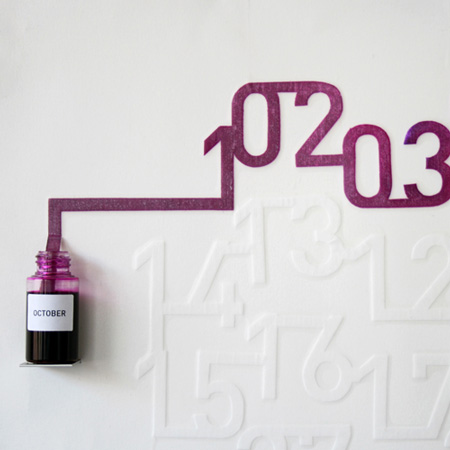Ernő Goldfinger is a Hugarian architects and probably a key member of modern movement in UK, I'm sure the above biulding (The Trellick Tower) is very distict in London urban enviroment, I once saw it somewhere on the coach to Salisbury, the skybridge probably is the bold design in that preriod, although I don't appreciate too much about the massive construction, but if we think of the post-war period where economics and effeciency are everything, like Barbican and the ugly concrete tower that I lived right now on 23rd floor, myabe thats what it is in the time when all they focus is C/P, but at least there's certain quality of design signature in his building.

I didnt know about this architect until I started my work in Avanti, they do conservation on listed buildings, and the director is the son of the modern movement I guess. the following is the site that I'm currently working on, Haggerston School BSF project, it invloves refurbishment of the listed building and a new-built 2 stories. Of course I got no idea about conservation work, so I'm currently focusing on the new-built. I have being seeing this facade for 4 weeks, and to be honest, its kind of elegant in a way, the exposed beam and the iconic roof profile, and the proportion of the window frames. I think this is what I appreciate about, the precisely desgined facade. Now days, cool buildings don't really care about these classical manner, because all there energy are poured in the complex geometry and try to stitch them in one peice. In general, I think buildings are just part of fashion products, it has its own period of value.
![[.tze]](http://1.bp.blogspot.com/_dpptJHtg3BU/Sz-zNYSKitI/AAAAAAAATos/ZBDlnvRfrPI/S1600-R/ver+3.jpg)












